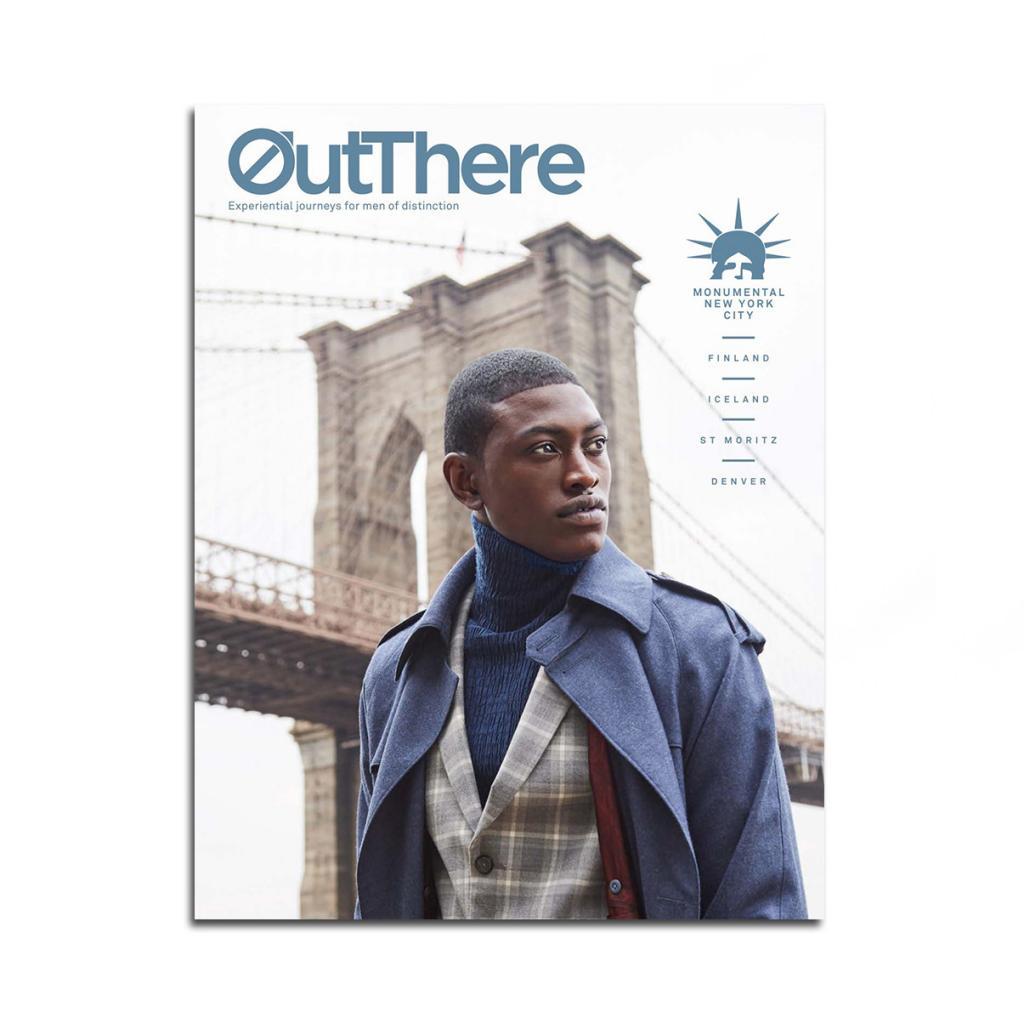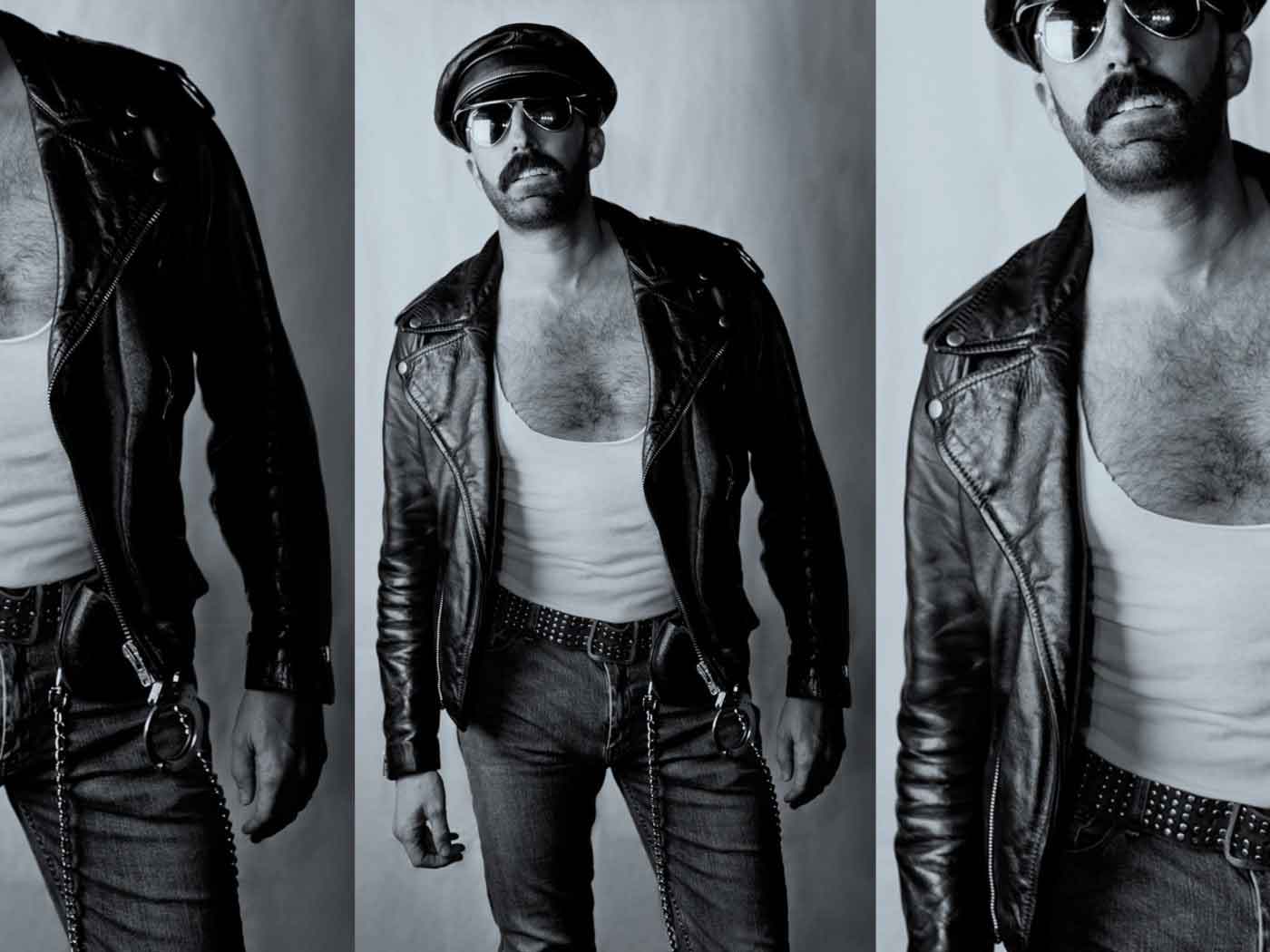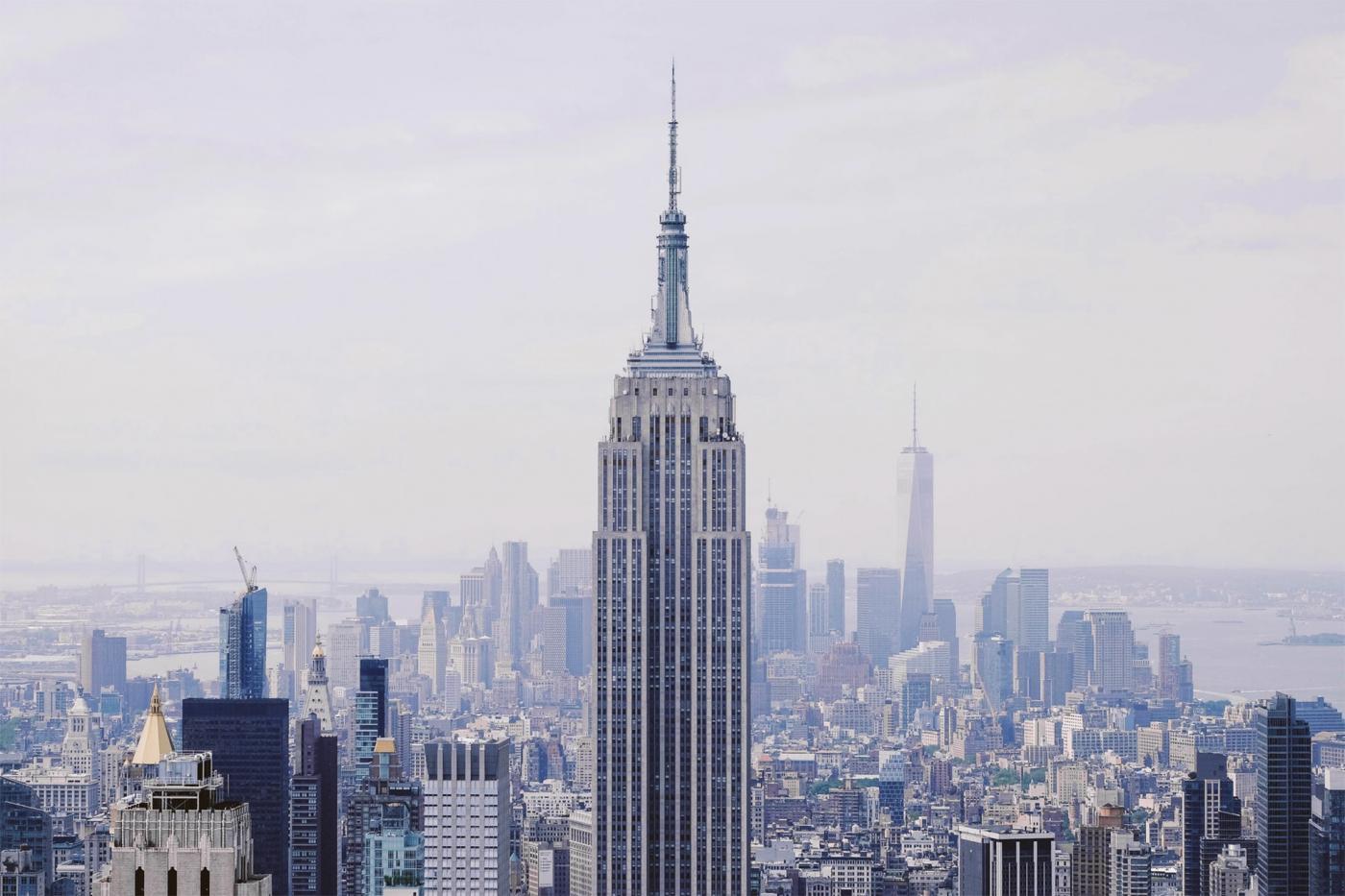New York City’s gay scene was thrust prominently into the public eye in 1969 after riots at a Greenwich Village bar. But its existence underground began way before that.
New York City – and Greenwich Village, in particular – are associated worldwide with gay rights and gay history because of the Stonewall uprising of June 1969 and the newly visible gay world that flowered in the Village as a result of it. Sadly, the AIDS epidemic, too, was centred in New York, at least as far as the Eastern US was concerned.
These and other events cast New York in a pivotal role in world gay history in the late 1960s, 70s and 80s, but many people are unaware that the city was an important gay centre long before.
Same-sex relations of some kind have taken place in every culture and time, no matter what the cultural norms were, and there’s evidence of same-sex love in 1640s Dutch New Amsterdam, for instance, where a young barber-surgeon called Harmen Meyndertz van den Bogaert was accused of sodomy with his slave Tobias and sadly died, falling through the ice as he tried to escape across the frozen Hudson.
By the 1850s, people that we would today call gay began to play an important role in New York – at least in the cultural life that was becoming a significant feature of the city. Gay or gay-friendly social groups were starting up too.
Two key New York writers of the time referenced same-sex desire in their work: novelist Herman Melville did so subtly, while poet Walt Whitman did so explicitly. Whitman read his most clearly homoerotic works, the ‘Calamus’ poems, aloud to the circle of his friends who gathered at Pfaff’s beer cellar, at Broadway and Bleecker Street, which suggests that they were at least what today we call ‘allies’.
There is less evidence of gay life in New York in the decades after the 1850s, perhaps because the Civil War retarded the development of alternative lifestyles in the US. By the 1890s, however, New York already had what we’d call gay bars or, more precisely, drag bars. As George Chauncey explains in his masterly book Gay New York, at that time people tended to divide men not into gay and straight, but into ‘normal men’ and ‘fairies’ and it was considered possible for ‘normal men’ to have sex with ‘fairies’ without bringing their normality into question, so long as they retained the insertive role in sex. These gay bars were known for their ‘fairy’ waiters, who, according to police reports, ‘rouge[d] their necks’ and sang ‘ filthy ditties’, ie performed in drag. They were frequented by men who were attracted to or, at least, amused by them. The best-known was called the Slide, on Bleecker Street, forced to close by a press campaign in 1892.

This story first appeared in The Monumental NYC Issue, available in print and digital.
Subscribe today or purchase a back copy via our online shop.
By the 1890s, New York’s developing gay world was already in a paradoxical situation and that remained typical of the city until the 1970s. New York may have been repressive, but it was less so than other cities in the US, because its greater size and diversity made legal and social control less effective. The Slide, like the Stonewall 77 years later, could be forced to close, but both establishments existed – and others replaced them when they shut – whereas in most cities there were no such establishments.
Throughout this period, the city was a magnet for all kinds of gay people. From the 1890s on, it has an enormous history of gay lives, loves and communities, as well as of cultural production by gay people and, from the 1950s, political activism. There have been countless community meeting places, bars and bath-houses – from the lesbian hang-outs of the 1920s, including Eve Addams’ on Macdougal Street, to the discos of the 1980s, such as the Saint, or the punk clubs of the 1990s, such as the Cock, which is still thriving today. There are even bars, such as Julius’ on West 10th Street – important in gay history because of the Sip-in, a key gay-rights protest that took place there three years before the Stonewall – that have prospered through the whole time period.
There have also been cultural movements, groups and institutions that were influenced by the gay community, such as the Harlem Renaissance, the Beat poets, o -o -Broadway and Andy Warhol’s Factory. And many gay-rights organisations have been founded in New York, from the Gay Liberation Front in the early 1970s to the Gay Men’s Health Crisis, Act Up and Queer Nation.
Much of this history took place in Greenwich Village and the East Village. By around 1910 the area between Houston Street and 14th Street had become the pre-eminent bohemian neighbourhood of New York City and it remained that until gentrification in the 1980s drove out anyone but the rich and those with rent-controlled apartments.
Today, the Stonewall Inn is one of the most famous places in the Village, but there are others nearby that are also important to gay history, including still-vibrant institutions such as Julius’ and the Cherry Lane Theatre.
Andrew Lear is a former professor of classics and history and the founder of Oscar Wilde Tours, the first and only company to o er tours focused on gay history in New York and around the world.
Photography courtesy of Martin Perry







